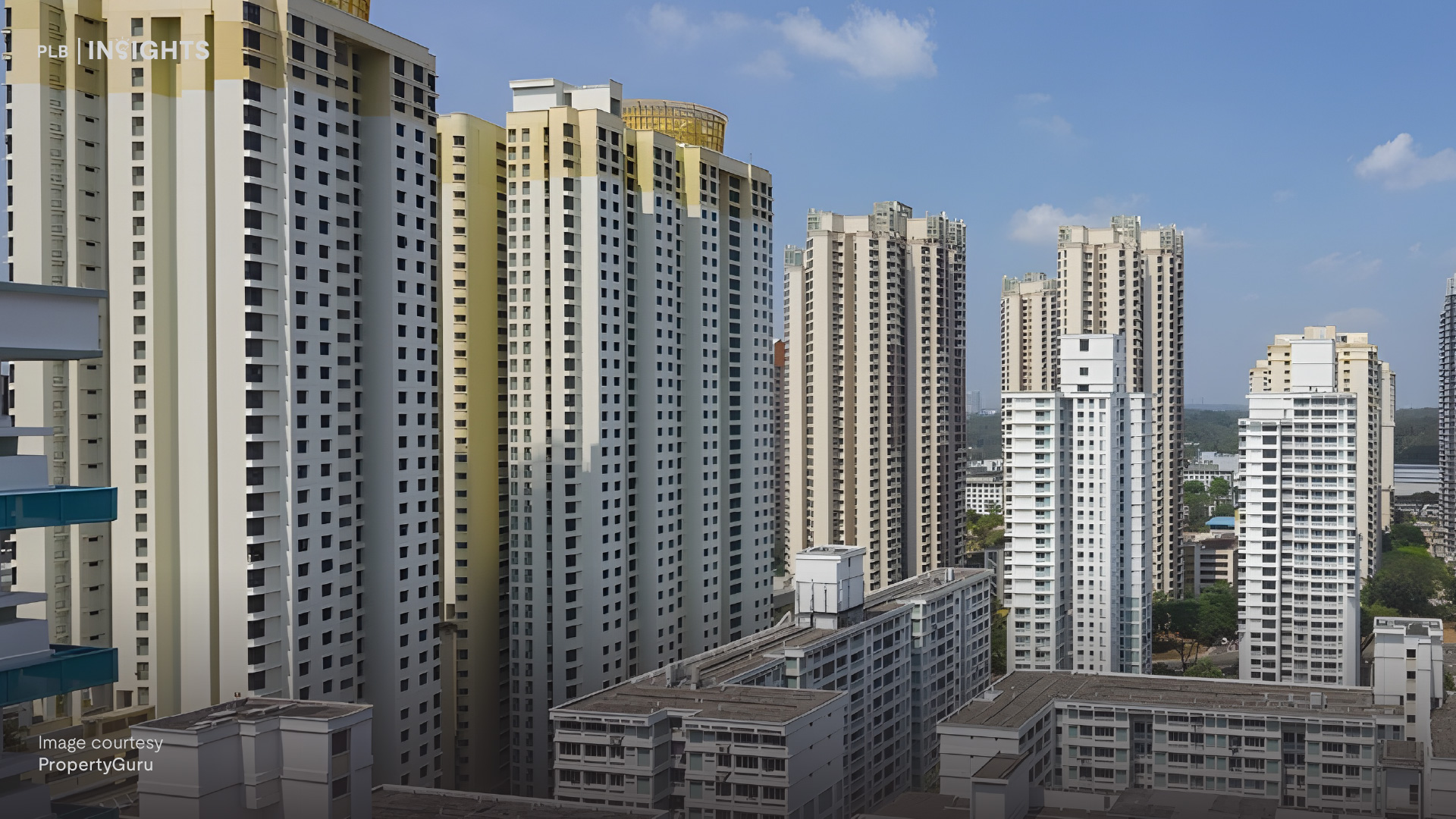
As the global financial community braces for prolonged monetary tightening, the U.S. Federal Reserve’s latest signal—no cuts in sight until 2026—has far-reaching implications not just for America, but for the rest of the world. Singapore, as an open economy heavily intertwined with global capital flows and trade, stands poised to feel the ripple effects in real time.
The Fed is expected to keep rates unchanged at 4.25% to 4.5% during its upcoming June 18 meeting. This decision, once seen as a temporary pause, is increasingly looking like an extended hold, with multiple geopolitical and economic crosswinds keeping any peaceful pivot firmly out of reach. Chief among these factors: the escalating conflict between Israel and Iran, as well as the uncertain trajectory of the renewed U.S.-China trade war.
Why the Fed Is Staying Put
Earlier hopes for a 2025 rate cut were rooted in May’s muted inflation data—both consumer and wholesale prices showed little movement. But those hopes were swiftly dashed when Israel launched strikes on Iranian nuclear infrastructure, prompting retaliatory missile attacks from Tehran. Oil prices surged by 10% overnight, peaking at around US$74 per barrel. Though still within long-term average levels, the spike has revived fears of a repeat of the 1970s-style energy shocks that historically preceded U.S. recessions.
Further complicating matters is the geopolitical risk of Iran closing the Strait of Hormuz—a critical chokepoint through which one-fifth of global oil passes. While experts believe this is unlikely due to Iran’s own dependency on the route for exports to China, the mere risk has already injected volatility into global energy markets.
Overlaying this is renewed friction between the U.S. and China. While recent diplomatic talks hinted at a thaw, the tariff truce remains temporary. With the Trump administration having previously shifted tariff policies abruptly, markets are unwilling to price in stability until permanent agreements are signed and their inflationary effects fully digested.
Key Global Takeaways
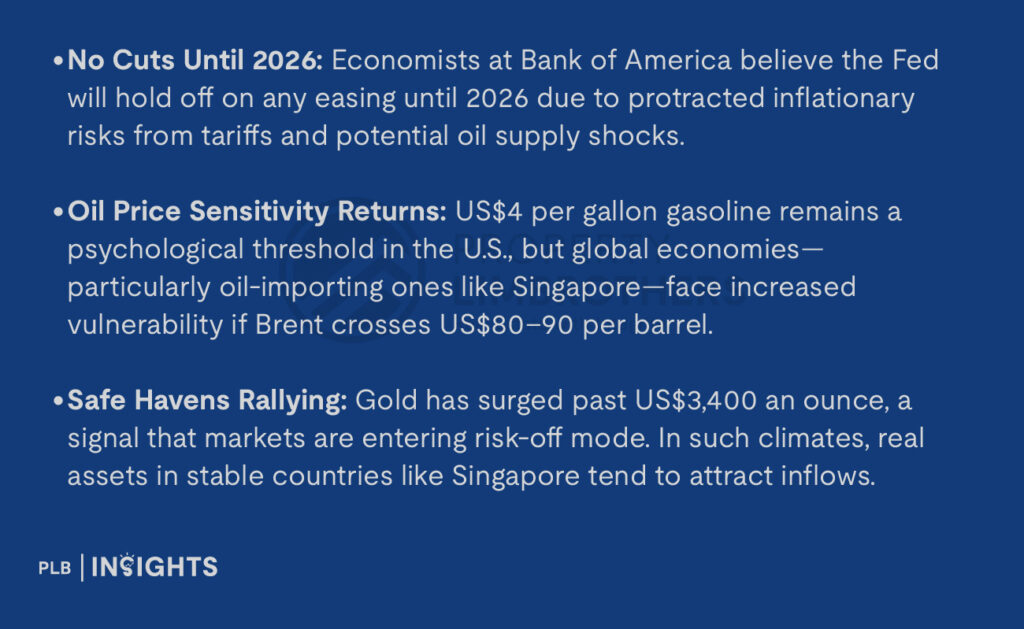
What This Means for Singapore
As a city-state reliant on global trade, Singapore’s economic trajectory is closely tied to external monetary policy shifts and commodity pricing. Here’s how the Fed’s prolonged pause could affect local dynamics:
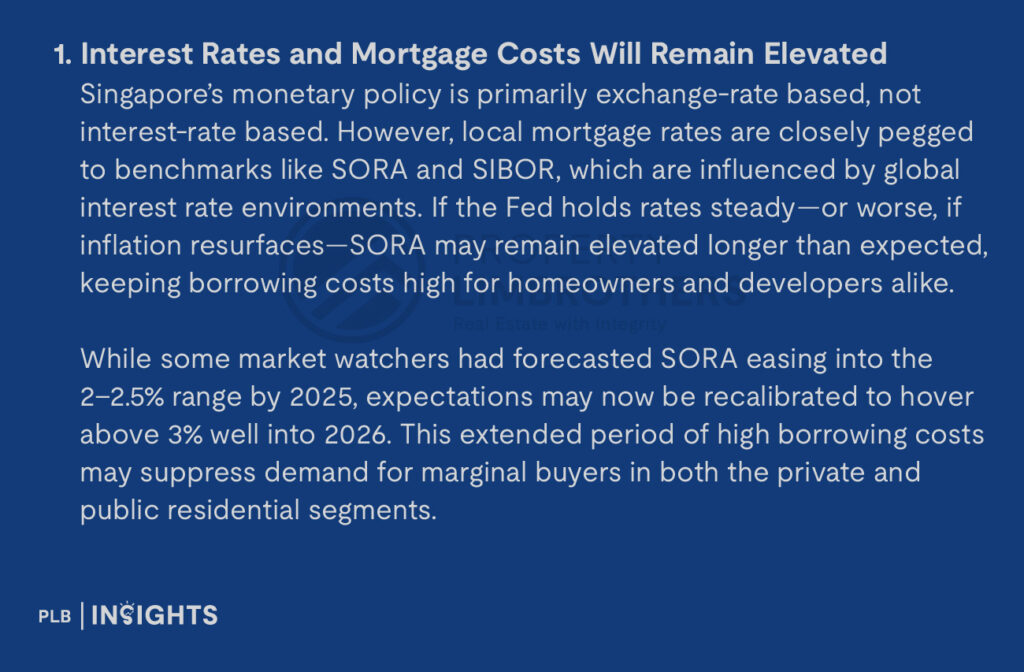

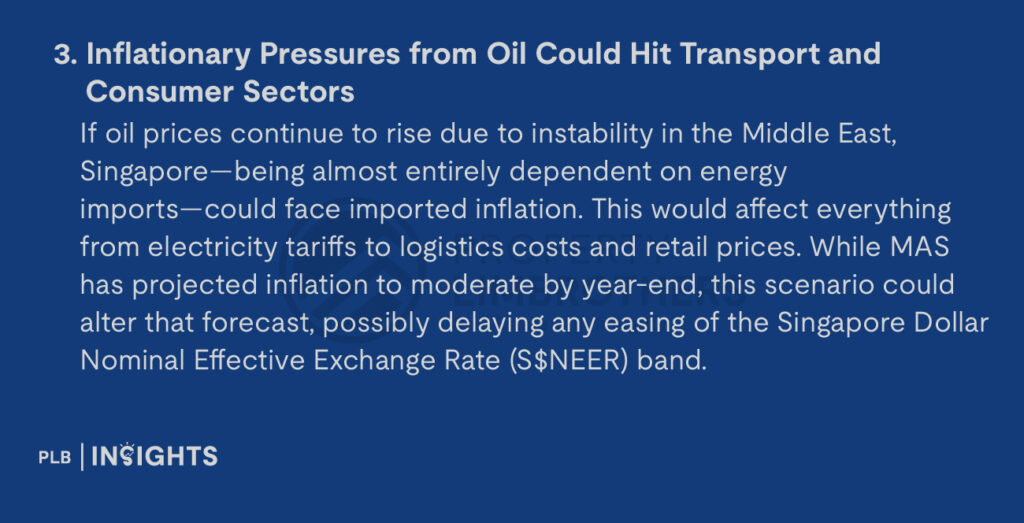
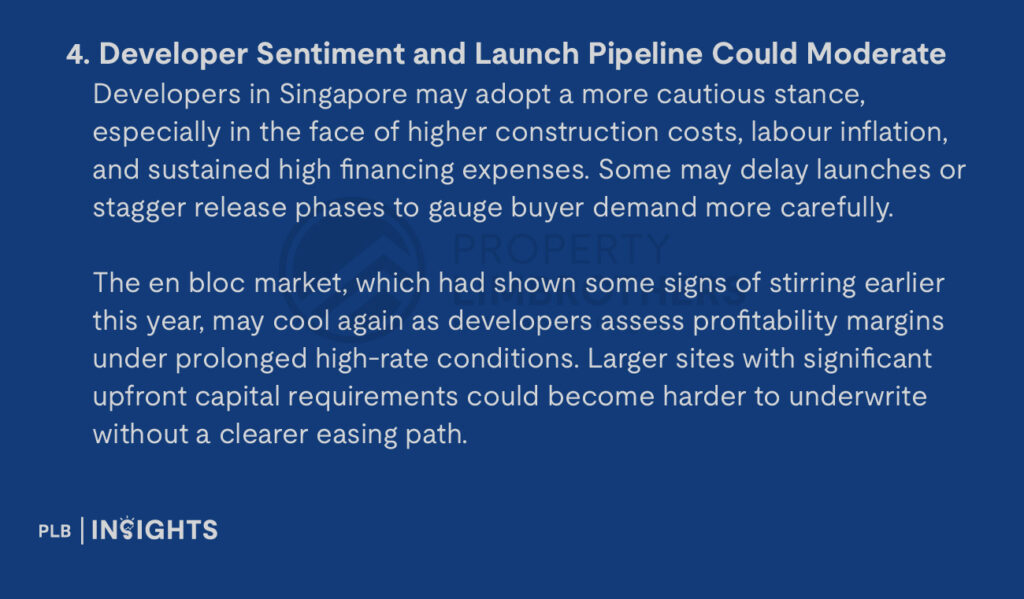
Strategic Outlook for Buyers and Investors
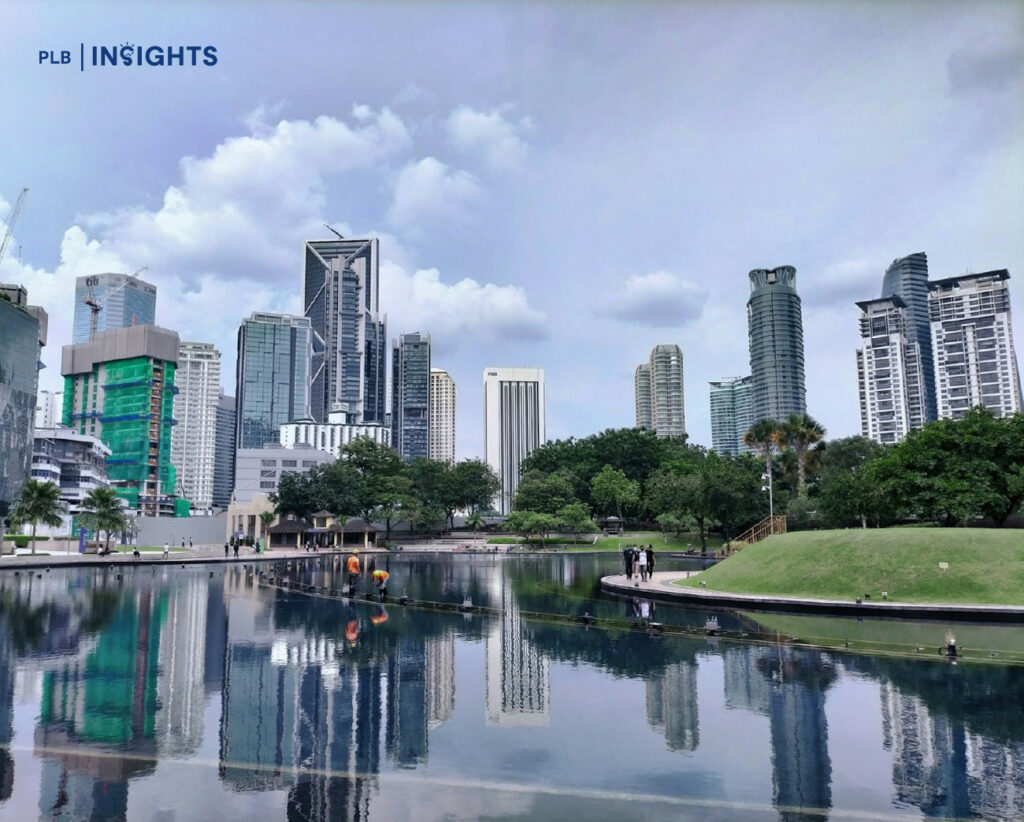
While macro volatility may create temporary drag, Singapore’s real estate fundamentals remain resilient in the long term. Supply remains tight, especially in landed and luxury segments, and the government’s calibrated policy approach continues to favour stability over boom-bust cycles.
Investors with longer-term horizons may see any near-term price moderation or buyer pullback as an opportunity, especially if they are purchasing without heavy reliance on financing. On the other hand, highly leveraged buyers may need to reassess affordability given the likelihood of higher-for-longer rates.
Buyers considering property purely as a yield play may be cautious in the near term, but owner-occupiers and those seeking capital preservation through hard assets will continue to find value in well-located properties.
Final Thoughts
The Fed’s likely rate-hold through 2026 is not merely a U.S. story—it’s a global narrative with meaningful implications for interest rates, inflation, and investment flows worldwide. For Singapore, this means a longer runway of elevated borrowing costs, energy price volatility, and cautious capital movements. But it also highlights the island nation’s enduring strength: political stability, a strong currency regime, and robust housing policy that together position it as one of the few dependable anchors in an increasingly uncertain world.
In times like these, intelligence lies not in timing the market, but in understanding what truly holds value through cycles.
Uncertain times call for informed decisions. Speak to our team to explore resilient property opportunities that align with your long-term goals.






